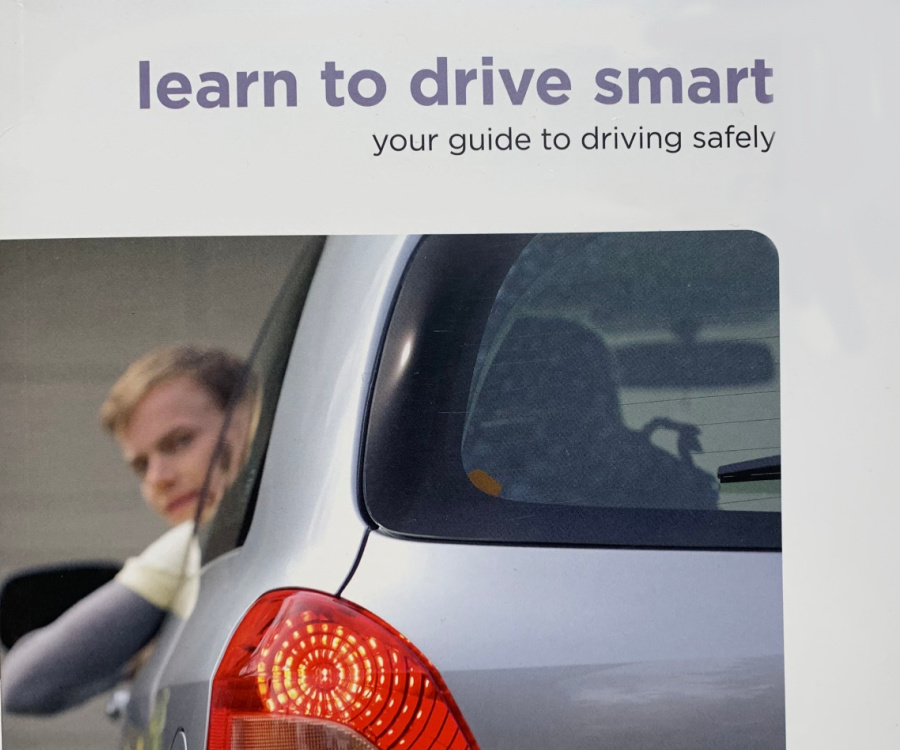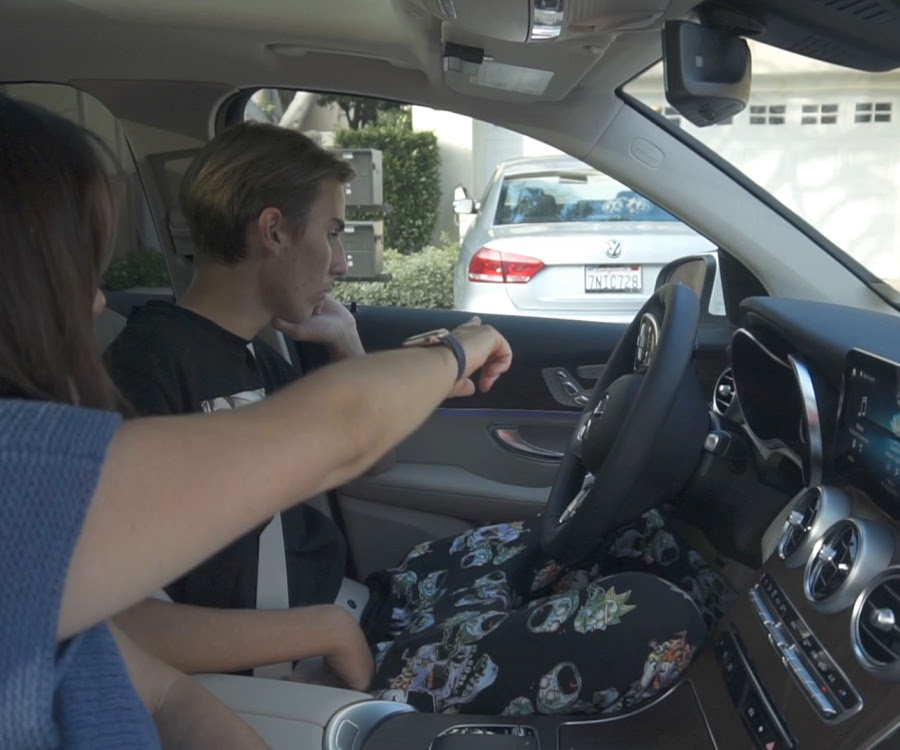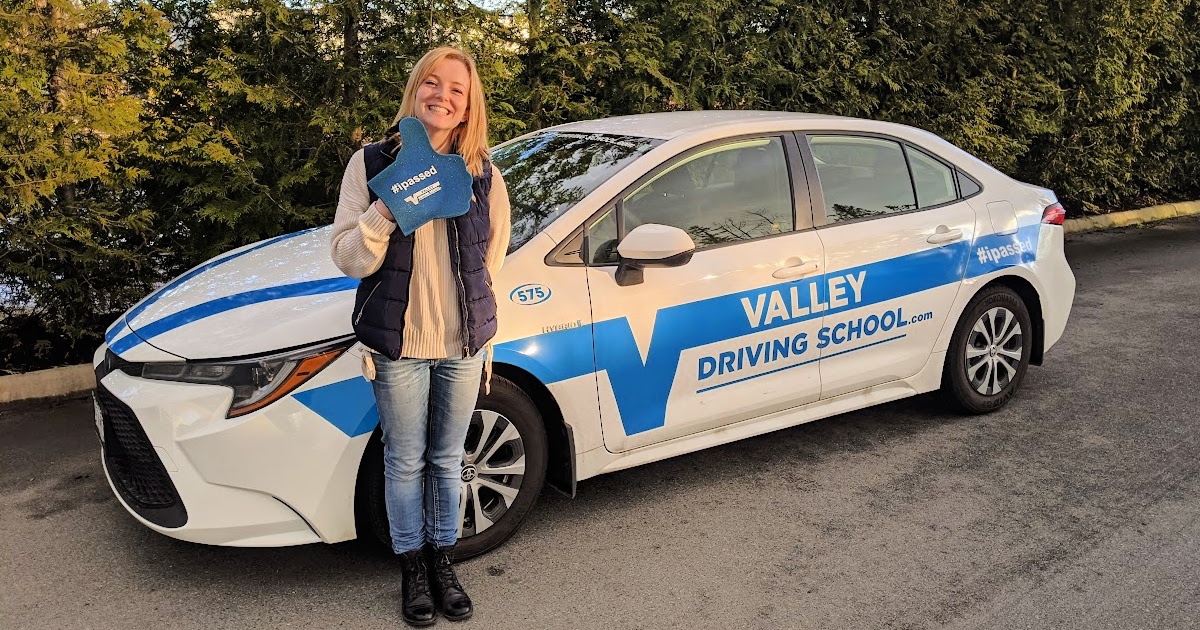Teaching a teenager to drive is a pivotal milestone for both the teen and their guardian. It marks a step towards independence and responsibility, but it also comes with its own set of challenges and concerns. As a parent or guardian, you want to ensure your teen is well-prepared to handle the complexities of driving safely and confidently.

This week we’re laying out some strategies, tips, and advice to help you navigate this important journey together.
How can you prepare for teaching teenagers to drive?
Before hitting the road, it's essential to lay a solid foundation, which you can start by reading the ICBC Learn to Drive Smart manual together. Even as a seasoned driver, you might discover new insights or refresh your memory on specific regulations, and understanding the legal expectations will ensure both you and your teen are on the same page.
Allow your new driver to familiarize themselves with the vehicle by sitting together inside, where they can safely explore the controls and understand their functions. This includes adjusting the seat position, mirrors, and mastering basic controls like turn signals and wiper blades. This hands-on experience will help them feel more comfortable and confident behind the wheel.

You can also prepare ahead of time by discussing what the expectations that you, as a qualified supervisor, have by openly communicating regarding driving behaviour, safety rules, and consequences. This helps establish clear guidelines and ensures everyone is aligned. You can also work together to develop a structured practice plan, gradually introducing new skills and scenarios to help maintain focus and progress. Any driving supervisor should be open to discussing fears or anxieties; addressing these concerns proactively can help build confidence and reduce stress.
What are the basic driving skills to start with when teaching teenagers?
Once your new driver has a learner's licence, a grasp of basic traffic rules and is comfortable with the vehicle controls, it's time to hit the road! Start in a quiet, low-traffic area to minimize distractions and allow your teen to focus on mastering the fundamentals. Begin by practicing basic maneuvers like starting, stopping, turning, and parking and incorporate the five global skills of driving.

The five global skills of driving: observation, space margins, speed, steering, and communication; will cover the essentials. Observation refers to checking mirrors, blind spots, and scanning. Space margins refer to the amount of space between you and other road users, and especially following distance which is measured between you and the vehicle in front of you. The next global skill is speed, and what this refers to is being able to maintain a steady speed and adjusting the speed to fit the driving conditions. The two main principles of steering are controlling the wheel and maintaining correct road position. Since typically drivers cannot use verbal communication with each other, the communication global skill refers to turn signals and vehicle position. Turn signals should be used to alleviate confusion, not create it, so be timely and signal ahead to give road users plenty of warning while also not turning it on too soon and potentially confusing others.
Gradually introduce more challenging skills as their confidence grows. Like teaching any new skills, patience is key here and learning to drive should be done at a pace that feels comfortable for both of you.
Are there other things to consider while teaching teens how to drive?
Beyond the basic skills and preparation, there are several essential factors to keep in mind. As a caregiver, your driving habits significantly influence your teen's perception of safe driving so be sure to set a positive example by demonstrating responsible driving practices consistently. To build confidence and proficiency, encourage your teen to practice driving as often as possible - the more practice they have, the more comfortable they should become. As they develop their skills and confidence, celebrate the achievements and offer positive reinforcement throughout the entire process.
Help your teen manage emotions like anxiety or frustration that may arise during driving lessons. Teaching them how to handle stressful driving situations and avoid road rage can help create a calm associated with driving, keeping stress and rage at bay. Since road rage can lead to dangerous and aggressive behaviour, discussing the consequences and strategies for avoiding it are an integral part of learning how to drive safely.
While driving has many dangers and hazards, there are some that warrant additional mentions, like the danger of distracted driving. Texting or using a phone while driving is against the law in British Columbia, and for new drivers this includes using bluetooth or other hands-free devices. Avoiding device usage in the early stages of learning to drive will set a strong precedent for the rest of their driving career!
Is there another option if you don’t feel comfortable teaching your teen to drive?
If you don't feel equipped or confident in teaching your teen to drive, consider enrolling them in a professional driving course. These courses offer valuable training and experience from certified driving Instructors. Driving Instructors have the expertise and experience to teach driving skills effectively and safely, and schools provide safe and well-maintained training vehicles for practical lessons. By choosing a reputable driving school, you can ensure your teen receives quality instruction and gains the confidence and skills needed to become a safe and responsible driver.

Even if you plan to teach your teen yourself, attending on-road training with a professional driving Instructor can be a valuable investment. A single lesson can provide valuable insights, ensure you're on the right track, and fill in any gaps in your teaching approach. Consider it like getting a tune-up for your teaching skills. A professional Instructor can offer fresh perspectives, identify areas where your teen might need additional support, and demonstrate effective teaching techniques. It's an opportunity to learn from an expert and gain confidence in your ability to guide your teen towards safe and responsible driving.
-
Teaching a teenager to drive is a significant responsibility, but with the right approach and preparation, it can be a rewarding experience. You can help your teen develop the skills and confidence needed to become a safe and responsible driver with patience, consistency, and positive reinforcement!

